Troubles with EMI-suppression capacitors
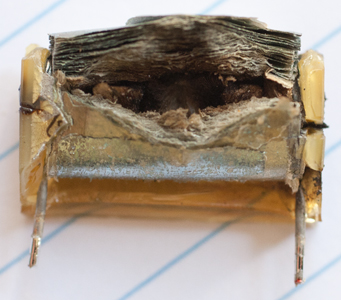
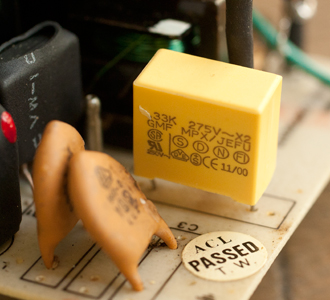
Exploded EMI capacitor from AppleII power supply (left), replaced by modern capacitor (right)
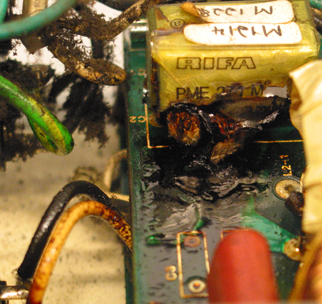
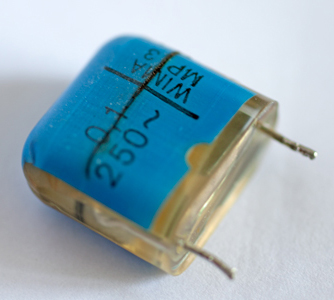
Exploded EMI-suppression capacitor (marked RIFA) in an SGI Personal IRIS. Notice the sticky dirt in the upper left corner: an unhealthy environment for a power supply. The rightmost picture shows the failed EMI capacitor from the power supply of an IBM 5175 monitor. A real explosion was prevented by the presence of a safety vent (the black fissure across the capacitor), but the smoke produced was no less...
The visible and smellable effects strongly suggest to discard the afflicted machine immediately. However, an EMI capacitor can usually be replaced easily, even if an identical but obsolete part is not available. Modern capacitors with equal or better specifications are much smaller. Notice that special capacitors must be used for this purpose, and that they must be handled with special care - see for instance this datasheet. As to the SGI machine, in view of the abundant formation of rust in its iron frame, it must have been stored in a moist environment. This is a possible explanation of the problem in this particular case: EMI capacitors are sensitive to humidity.
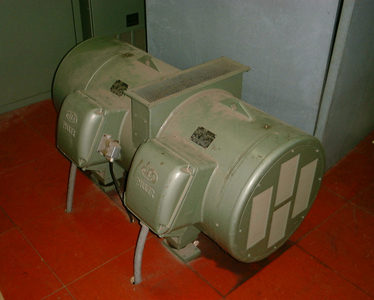
This large 400 Hz motor-generator was used with the CDC Cyber 962 mainframe to reduce the size of PSU transformers, thus avoiding switched-mode PSUs. Picture taken in 2002 at the National Aerospace Lab, Marknesse (Netherlands)
October 2013
